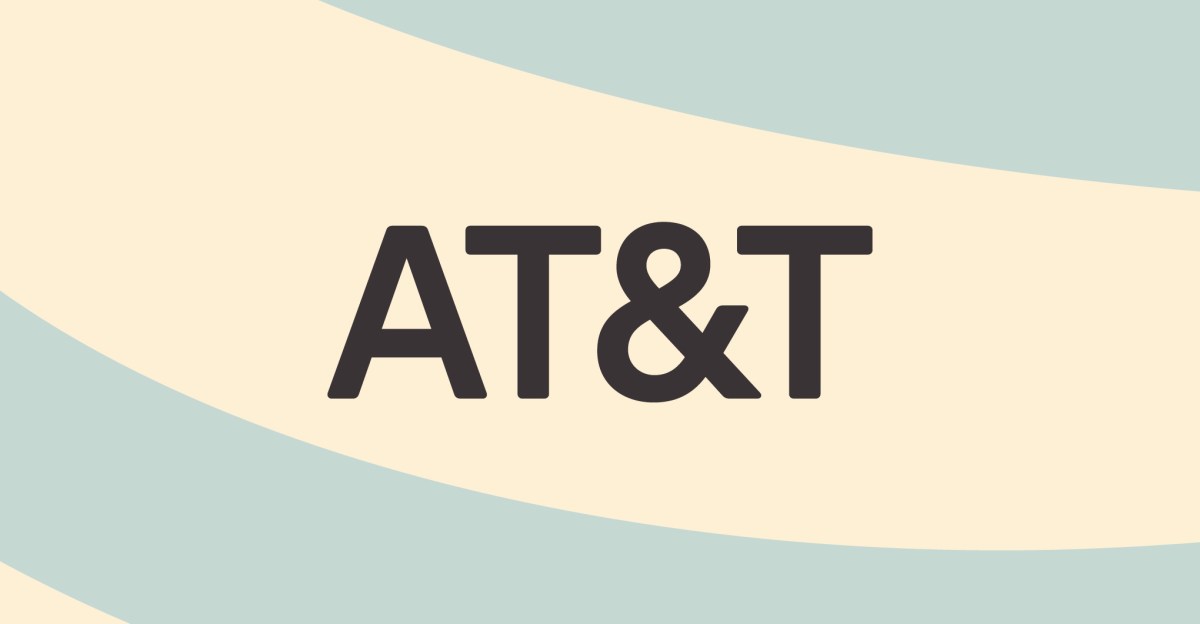AT&T Tests AI-Powered Call‑Screening Assistant

Key Points
- AT&T is piloting an AI call‑screening assistant for a limited group of customers.
- The AI uses network data and call history to decide whether to connect, take a message, or block a call.
- Users can create a “Do Not Screen” list for trusted numbers like doctors or schools.
- Real‑time transcripts and post‑call summaries are available through the AT&T app.
- The on‑network approach differentiates AT&T’s system from Google and Apple’s device‑based solutions.
- Future plans include expanding the assistant to handle reservations and appointment scheduling.
AT&T is piloting an AI‑driven call‑screening assistant that acts as a digital receptionist for a select group of customers. The system uses the carrier’s network data, including call history, to evaluate incoming calls and determine whether to connect, take a message, or block the call. Users can create a “Do Not Screen” list for trusted numbers, and the AI provides real‑time transcripts and summaries through the AT&T app. The carrier says the on‑network approach differentiates it from existing solutions offered by Google and Apple, and it may later expand to handle tasks like reservations and appointments.
Overview of AT&T’s AI Call‑Screening Pilot
AT&T is testing an artificial‑intelligence assistant designed to screen incoming phone calls on behalf of users. The feature, described as a digital receptionist, is being rolled out to a limited set of customers. By leveraging data from AT&T’s network—such as a caller’s frequency and the user’s call history—the AI determines whether an unknown call should be connected, forwarded as a message, or blocked.
How the Assistant Evaluates Calls
When an unfamiliar number rings, the AI answers and asks the caller for identifying information. It then assesses several criteria, including whether the voice sounds human, the perceived urgency of the call, and the caller’s relationship to the user based on network patterns. If the call meets the thresholds, it is patched through to the user. Otherwise, the assistant can either take a voicemail or terminate the call.
User Controls and Transparency
Customers retain control over the screening process. They can place numbers on a “Do Not Screen” list, ensuring calls from places like a doctor’s office or a school reach them directly. The AT&T app displays a real‑time transcript of the AI’s interaction, allowing users to monitor the conversation and intervene at any point. After the call, the assistant can provide an AI‑generated summary of what was discussed.
Differences From Existing Call‑Screening Tools
AT&T’s solution stands out because it is embedded in the carrier’s network rather than relying on a device’s contact list. While Google’s Call Screen and Apple’s similar features compare incoming numbers against known spam databases and use on‑device contacts, AT&T’s AI draws on network‑wide interaction patterns. This enables the system to recognize frequent callers even if the user’s phone does not have the number saved.
Future Potential
The carrier frames the current functionality as a foundation for broader capabilities. Beyond blocking robocalls, AT&T envisions the assistant handling tasks such as making reservations or scheduling appointments, expanding its role from simple screening to a more comprehensive personal assistant.